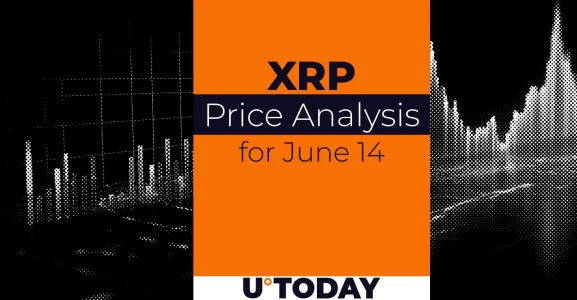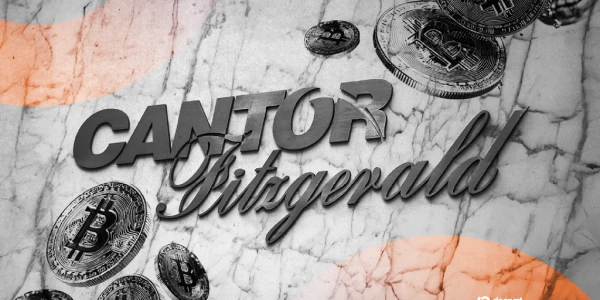
Massive $3.45 Billion XRP Rocks Market, but What's Next?
This comes amid rising demand for XRP[...]
Crypto Market Experiences Widespread Sell-Off, Impacting XRP
The cryptocurrency market has faced a prolonged sell-off, with major digital assets, including XRP, experiencing significant declines. According to CoinGlass data, the past 24 hours have seen the liquidation of 264,608 traders, totaling $687 million in the cryptocurrency derivatives market. Bullish long positions, where traders bet on price increases, accounted for $610 million of this liquidation, while short liquidation rose to $76 million. The bearish sentiment has led to a decline in Bitcoin's price, with altcoins, including XRP, also feeling the pressure.
XRP has not been spared from the market's bearish trend, hitting lows of $2.08 in the early Saturday session. Over the past 24 hours, XRP has seen a trading volume of $3.45 billion, a 3% increase according to CoinMarketCap, reflecting the heightened volatility in the crypto market. Despite the increased trading activity, the XRP price is facing downward pressure, marking three consecutive days of decline since May 27.
At the time of writing, XRP is down 1.78% in the last 24 hours, trading at $2.14, slightly recouping intraday losses after falling to $2.08 earlier in the session. The decline has pushed XRP below its daily simple moving averages (SMA) of 50 and 200, at $2.25 and $2.3, respectively, for the first time in weeks, suggesting that bearish momentum has strengthened.
Interestingly, the recent sell-off comes amid reports of rising demand for XRP as a corporate treasury asset. Renewable energy provider VivoPower is reportedly raising $121 million to establish an XRP-focused treasury reserve, a first for a publicly traded firm. Additionally, China-based Webus International is set to raise $300 million in capital to launch an XRP strategic reserve.
Analysts are closely monitoring the daily SMA 50 at $2.25, which could be a crucial level in determining whether XRP will consolidate further or fall lower in the current market conditions.
Most Viewed News








